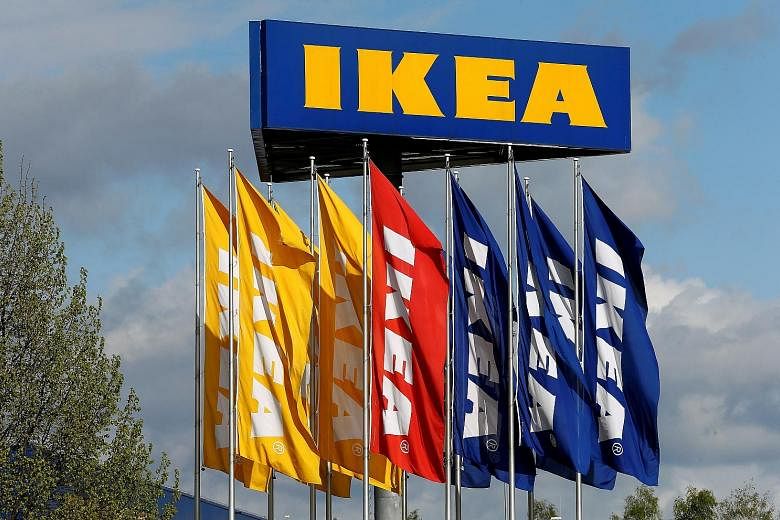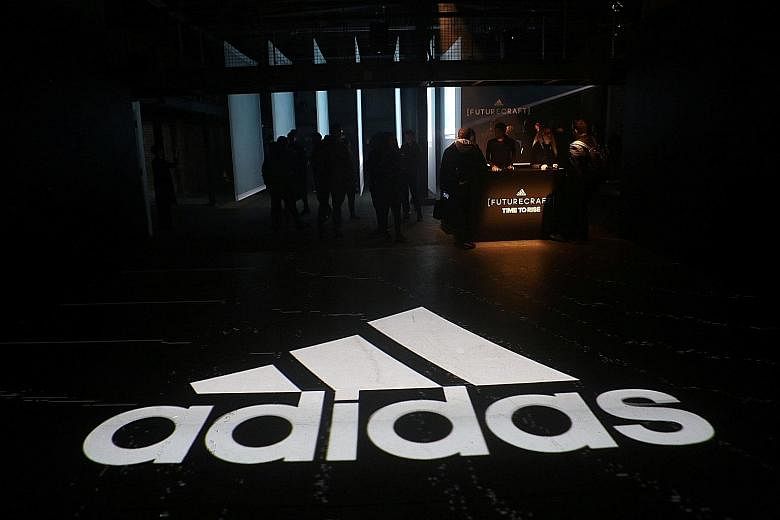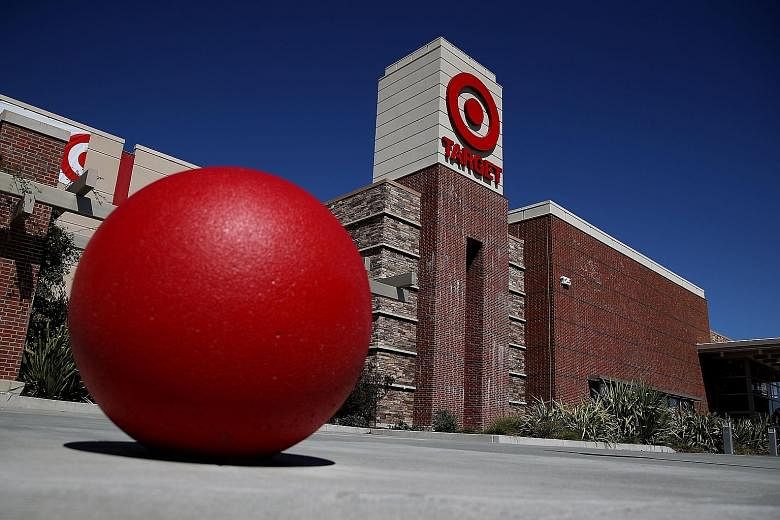NEW YORK • When 156 people were asked recently if they could draw the logos of some of the world's most iconic brands from memory, some of their recreations were laughably off the mark.
But this is not a laughing matter for the companies that have spent much money to try to sear their brands into the minds of consumers.
For 10 iconic brands, including Walmart, Burger King and Ikea, the overall percentage of near-perfect drawings was just 16 per cent.
That means fewer than one-fifth of the participants could remember the correct positioning of the familiar blue-and-red rectangle of pizza chain Domino's or the three black stripes of German sportswear maker adidas.
Even discount store Target - whose emblem involves a simple red bull's eye above the brand name - confused people: 41 per cent forgot the number of circles.
"People spend so much on marketing to get people to recognise and remember their brand," said Mr Nelson James, co-founder and chief operating officer of e-commerce site Signs.com, which led the study. "We just wanted to know - does it work?"
The answer is that being able to recognise a logo and being able to recreate it appear to be vastly different things.
A study conducted in 2014 by psychologists at the University of California, Los Angeles, similarly asked 85 participants if they could draw the Apple logo from memory.
More than half the subjects identified themselves as strictly Apple users. Yet, only one could draw the icon perfectly.
Should Apple be worried? Not necessarily.
Dr Alan Castel, a psychology professor who was one of the authors of the study, said the inability to accurately recall such daily ephemera as a brand logo really might be a beneficial quirk of your memory system.
"We don't burden our memory with things we don't need to know," he added. "It's rare that you really need to recall something from memory. You simply recognise it, you see it on an item or a computer. You like it, you buy it."
Still, in recent years, brands such as Uber, YouTube and Dropbox have redesigned their logos, trying to make them more simple, more intuitive or more easily recognisable.
In 2014, Airbnb announced its new logo, which it calls the Belo, in a video which noted that the design was easy for customers to draw.
Mr Paul Stafford, co-founder of DesignStudio, the agency that led the rebranding effort, said Airbnb envisioned people renting out their homes and putting their own spin on the Belo - on everything from magazines to bathrobes to shampoo bottles, like a hotel.
He, however, added that he did not think that being able to draw a logo necessarily indicates how well it resonates.
People often see logos so much that they feel like they know it. But they rarely critique it or study it enough to reproduce fine details - a phenomenon that Dr Castel calls "inattentional amnesia".
When something is seen frequently, it ends up being more easily ignored or forgotten.
Perhaps the most surprising result of the Signs.com study was the company that fared best: Ikea.
The Swedish furniture maker with the blue-and-yellow logo plastered across its giant retail stores was redrawn near-perfectly by 30 per cent of the participants.
Ms Asa Nordin, Inter Ikea Systems' senior coordinator of Ikea trademarks, said the unique shape, colours and longevity of the logo - it has been around since 1983 - most likely made it more memorable.
"The logo is merely the symbol for what the Ikea brand promises and delivers. To be consistent and unique is clearly a strength of a logo."
NYTIMES



